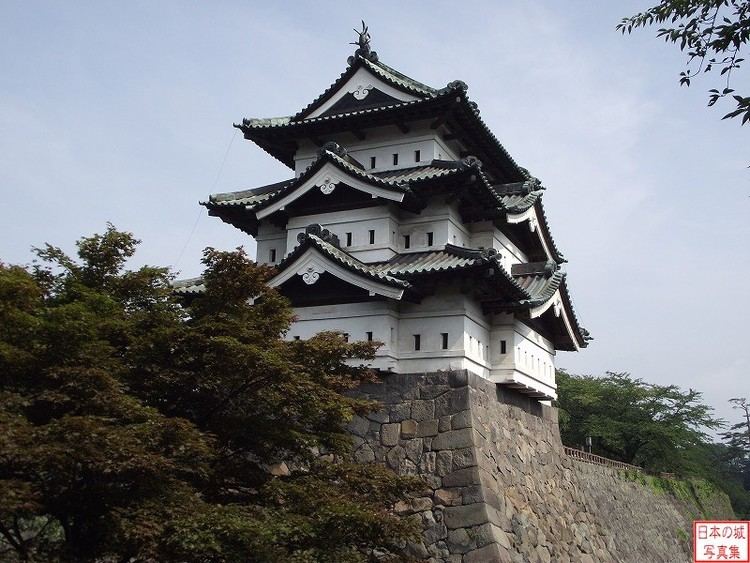 | ||
450 60 pr 204
Mutsu Province (陸奥国, Mutsu no kuni) was an old province of Japan in the area of Fukushima, Miyagi, Iwate and Aomori Prefectures and the municipalities of Kazuno and Kosaka in Akita Prefecture.
Contents
- 450 60 pr 204
- Invasion by the Kinai government
- Prosperity of Hiraizumi
- Sengoku period
- After the Boshin War
- Under Ritsury
- Meiji Era
- References
Mutsu Province is also known as Ōshū (奥州) or Michinoku (陸奥 or 道奥). The term Ōu (奥羽) is often used to refer to the combined area of Mutsu and the neighboring province Dewa which make up the Tōhoku region.
Invasion by the Kinai government
Mutsu, on northern Honshū, was one of the last provinces to be formed as land was taken from the indigenous Emishi and became the largest as it expanded northward. The ancient capital of the Kinai government was Tagajō in present-day Miyagi Prefecture.
Prosperity of Hiraizumi
In 1095, the Ōshū Fujiwara clan settled at Hiraizumi, under the leadership of Fujiwara no Kiyohira. He hoped to "form a city rivaling Kyoto as a centre of culture". The legacy of the Ōshū Fujiwara clan remains as the Chūson-ji. In 1189 Minamoto no Yoritomo invaded Mutsu with three great forces, eventually killing Fujiwara no Yasuhira and "all his vast domain fell into the hands of Yoritomo."
Mōtsū-ji in Hiraizumi, the Shiramizu Amidadō in the base of the Iwaki clan.
Sengoku period
During the Sengoku period, clans ruled parts of the province.
After the Boshin War
As the result of the Boshin War, the Mutsu Province was divided by the Meiji government on 19 January 1869. In this division, five provinces (Iwaki, Iwashiro, Rikuzen, Rikuchū, and Mutsu) were established. The Meiji Mutsu Province was a region in the northernmost part of the main island that corresponds to today's Aomori Prefecture.
At the same time, while the characters of the name were unchanged, the official reading was changed to the on'yomi version Rikuō.
